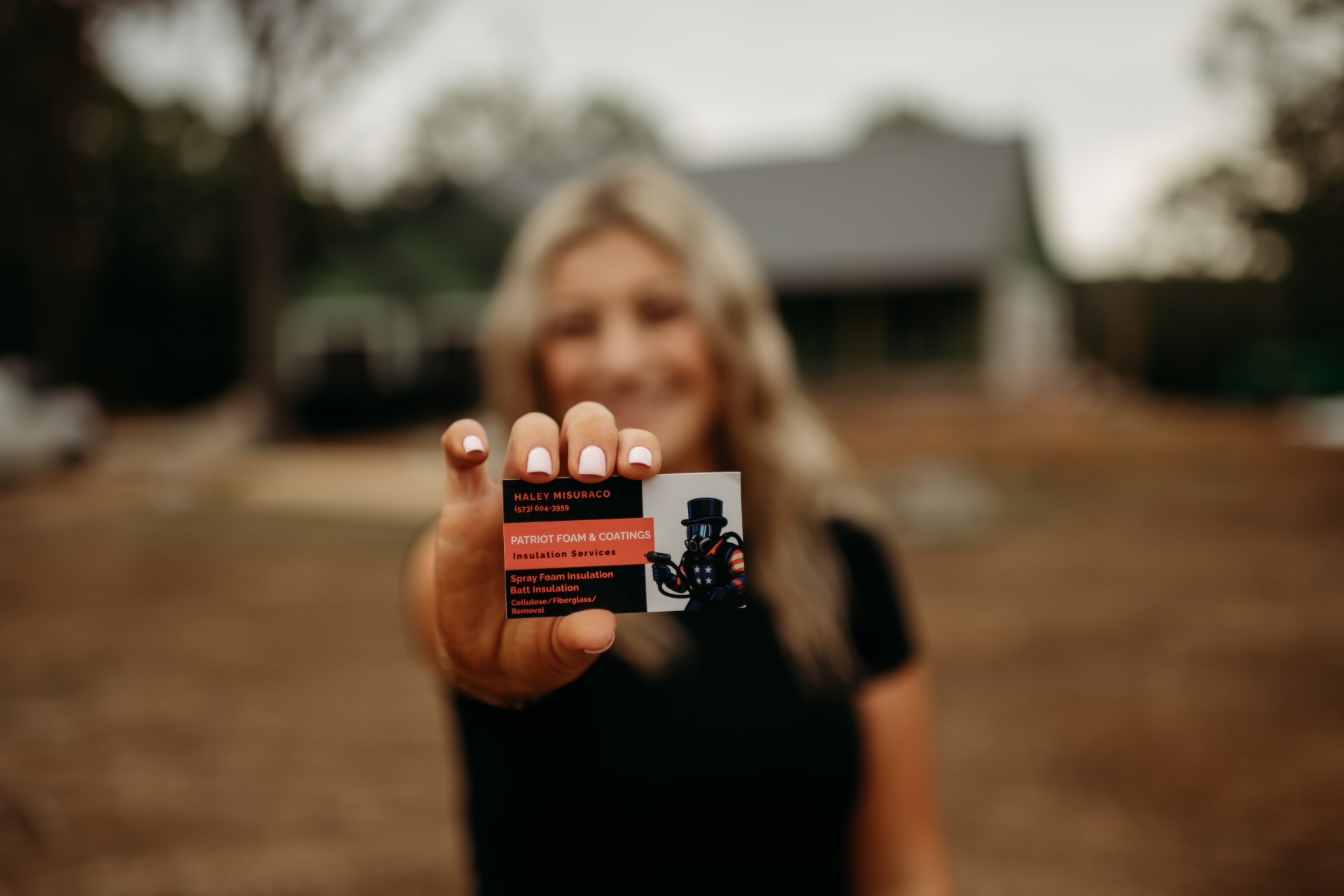Batt Insulation


Ideal for walls, floors, and ceilings in residential and commercial buildings
Commonly installed in stud cavities, joist spaces, and rafter bays
Best for new construction or remodels where walls are open and accessible
Frequently used in attics for additional thermal protection
Suitable for basements and crawl spaces to help reduce heat loss
Helps improve energy efficiency and lower utility costs
Provides sound dampening between rooms and floors
Works well in areas with standard spacing (e.g., 16" or 24" on center framing)
Can be used as part of a hybrid insulation system (e.g., foam + batts)
Often chosen for budget-friendly insulation projects
Batt Insulation FAQ
Q: What is batt insulation?
A: Batt insulation is pre-cut fiberglass, mineral wool, or cotton insulation designed to fit between wall studs, floor joists, and ceiling rafters to reduce heat transfer and improve energy efficiency.
Q: Where is batt insulation typically used?
A: It’s commonly installed in walls, ceilings, attics, basements, and crawl spaces—especially in new builds or during remodels when framing is exposed.
Q: How effective is batt insulation?
A: When installed properly with no gaps or compression, batt insulation provides solid thermal performance and can significantly lower heating and cooling costs.
Q: What R-values are available for batt insulation?
A: Batt insulation comes in various R-values (typically R-11 to R-38), depending on thickness and material, allowing homeowners to meet local energy code requirements.
Q: Can batt insulation help with noise control?
A: Yes, batt insulation—especially mineral wool—can provide soundproofing benefits between rooms and floors.
Q: Is batt insulation safe?
A: When installed correctly and handled with basic safety gear (like gloves and masks), batt insulation is considered safe. Many products are also fire-resistant.
Q: Does batt insulation work for older homes?
A: Yes, but it’s easiest to install during renovations when walls or ceilings are open. For finished spaces, other insulation methods may be recommended.
Q: How long does batt insulation last?
A: Batt insulation can last 20-30 years or more if kept dry and undisturbed.
Q: Can I install batt insulation myself?
A: DIY installation is possible, but professional installation ensures proper fitting, correct R-value coverage, and maximum energy efficiency.

